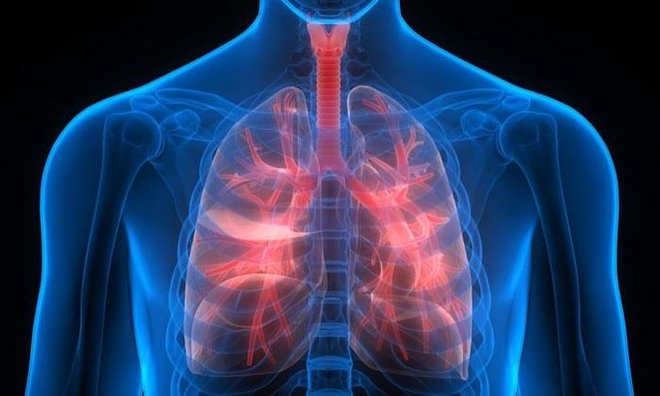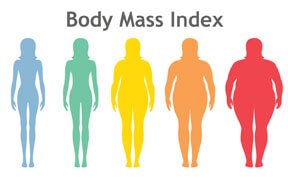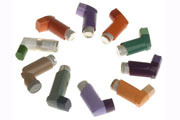Your lungs can breathe in and out as much as 36,000 times a day without you even having to think about it. Isn't it about time you reflected on all the hard work they do? We take a closer look at the inner workings of your lungs.
How Lungs Work - A Little Gas Goes a Long Way
Very simply, the function of the lungs is to absorb oxygen, a gas that your body needs to function, and expel carbon dioxide, a "waste gas" that your body can't use (no, not that kind of waste gas!). But nothing is ever as simple as it sounds. When you breathe in, your diaphragm and other muscles expand to allow room for your lungs to fill. The low air pressure in your empty lungs creates a vacuum that sucks air in from the higher-pressure environment. The air flows from your nose and mouth, through your trachea (windpipe) and into your lungs.

How Lungs Work - The Big Trade Off
Once the air reaches the lungs, it flows into increasingly narrow bronchioles (small airways that extend into the lobes of the lungs) until it reaches the alveoli (tiny, thin-walled sacks). Once in the alveoli, the oxygen in the air passes through the thin membrane walls and into the pulmonary capillary. From there, the oxygen binds to the hemoglobin in red blood cells. The red blood cells give back carbon dioxide, which then goes back through the membrane, into the alveoli, through the bronchioles, into the lungs and - woosh - is exhaled back out of your body. The oxygen that was passed off to the red blood cells is then circulated around your body.

How Lungs Work - Did U Know?
- When removed for transplant, the lungs can survive outside the body longer than any other organ.
- The left lung is smaller than the right lung to make room for the heart.
- About 10,000 quarts (9,464 liters) of air go through your lungs every day.
- The total surface area of the alveoli is around the size of a tennis court.
- New babies at rest breathe between 40 and 50 times per minute but by the time they're five years old, their breathing rate decreases to around 25 times per minute.


































